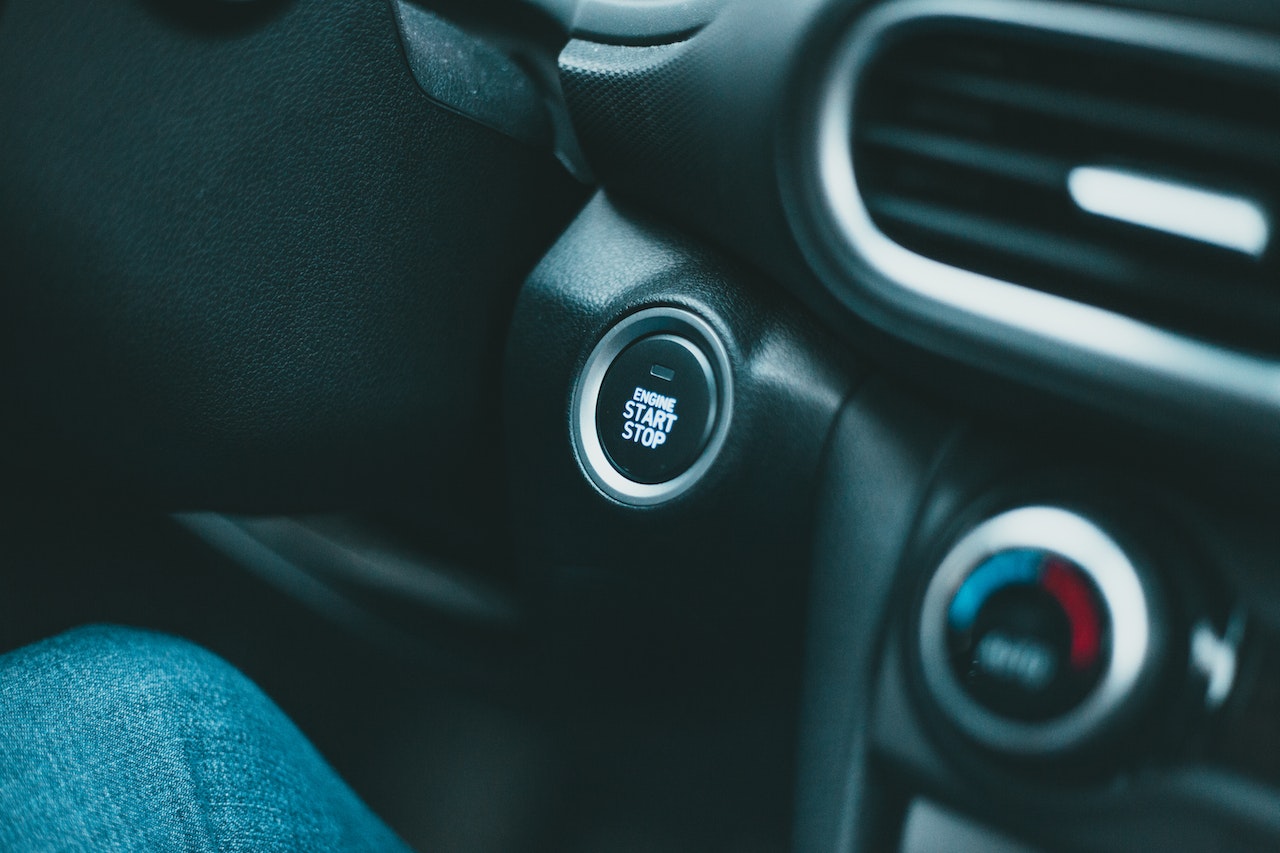How to Make Your Car AC Colder

On a hot summer day, your car’s air conditioning may not be keeping you cool. Fortunately, there are a few steps you can take to make its AC colder without calling an expert mechanic.
First and foremost, inspect the air filter. Doing this can prevent dirt from entering into your system and causing it to overheat.
Check the Air Filter
The air filter in your car helps prevent dust, pollen and other particles from entering the cabin while your AC is running. Replacing it regularly is essential for optimizing performance and keeping you cool on hot days.
Your car’s air conditioning system operates by pumping a refrigerant from the compressor into a condenser, where it changes into liquid and travels to an evaporator. Here, it turns back the refrigerant back into gas to lower the temperature of cool air blowing from your vents.
When your AC isn’t blowing cold air, there could be several reasons. Low refrigerant levels or a leak in the system could be to blame. If you suspect a problem, take your car to a mechanic and have them inspect for leaks.
Check the Coolant Level
As summer approaches, your car’s cooling system needs to be checked. This includes a radiator, fan and water pump as well as hoses, belts and sensors.
Coolant that circulates through your car’s cooling system is a mixture of antifreeze and water, helping to prevent your engine from freezing up in winter or overheating when driving in hot weather.
Checking the level of coolant in your vehicle’s cooling system is a straightforward maintenance task that should be done regularly, especially during summertime. Not only will it save you money on repairs but it can also protect against overheating which could damage components like your cylinder head or water pump.
Check your car’s coolant level by looking at the markings on the side of your radiator reservoir. Ideally, you should see a line reading “FULL.” If not, open up your radiator cap and add more coolant until it does.
Clean the Ducts
If you want your car’s air conditioner to run more efficiently, cleaning the ducts is a must. Doing this helps eliminate dirt and other particles that could clog filters and stop them from working effectively.
Cleaning the ducts also eliminates musty smells caused by pet dander, household cleaners, paint fumes and mold accumulation. These odors circulate around your home and may be a source of health issues for those suffering from allergies or asthma.
Aside from health risks, a dirty duct system can also lead to fire hazards. When heated, these ducts could become extremely hot and melt materials inside, potentially resulting in significant property damage as well as injuries for family members.
Turn Off Recirculation
On hot days, many of us tend to turn up the air conditioning immediately upon entering our cars. However, one button that’s often forgotten is the recirculation button.
The air-recirculation feature in your car prevents outside air from entering and polluting it, making it especially helpful when living in polluted areas where studies have found that using this button can reduce pollutants by 20%.
Recirculation should not be used during wintertime as it traps moisture inside your car and can lead to foggy windows – the last thing you want when it’s freezing outside! To turn off recirculation mode, press the air intake control button (recirculated air position) at least 5 times within 3 seconds.